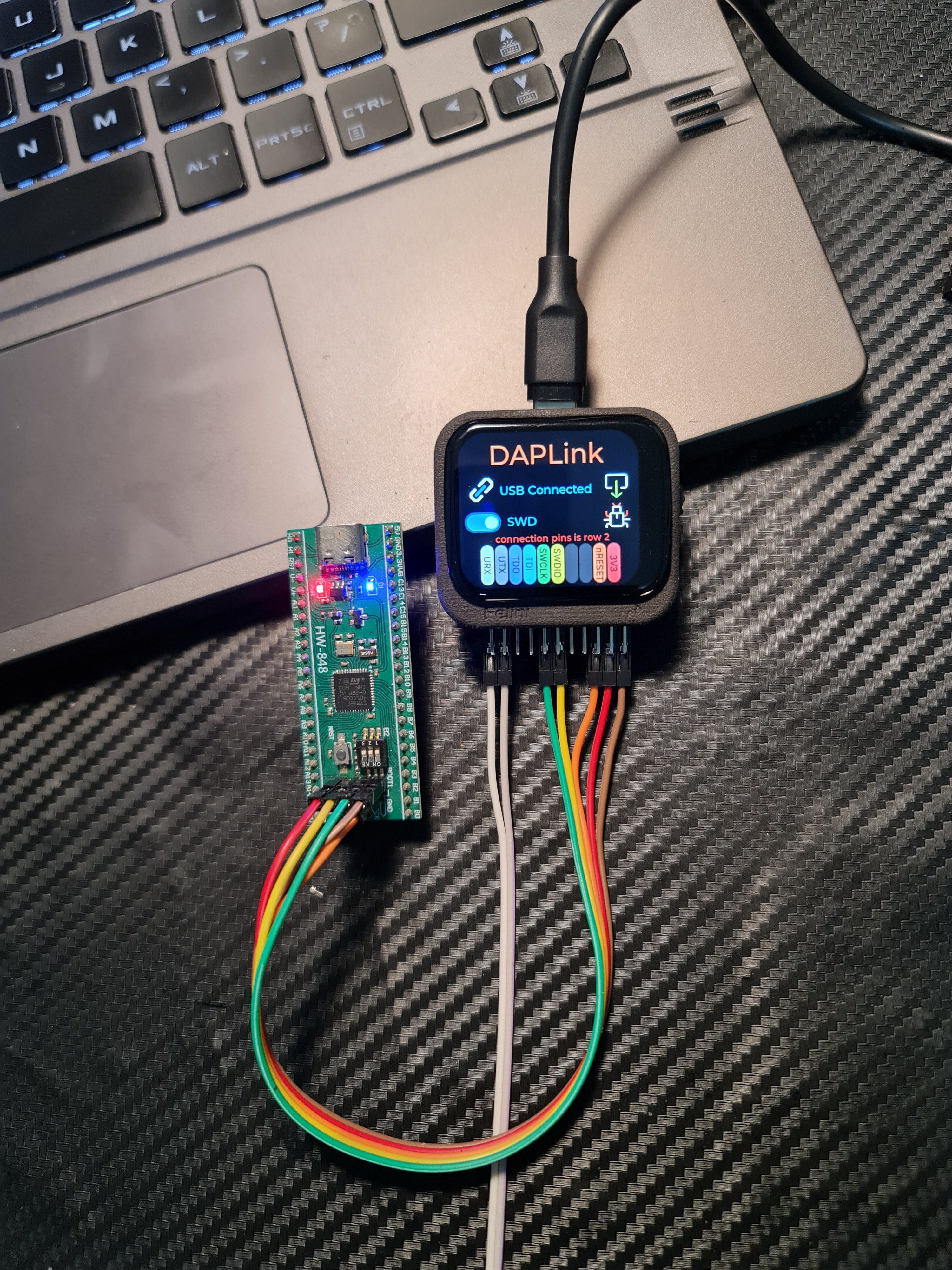The story behind this project
In the past decade, we have utilized our superpowers to address various issues all around the world, whether it be creating tools to assist people with disabilities, traversing the depths of the ocean with exploration robots, spanning across rivers and swamps with environmental sensor networks, or harvesting energy from every corner of the Earth, sometimes connecting with satellites in distant skies. But now is the time for us to turn around and craft tools for ourselves. And good tools are the foundation for creating great projects.
During my student days, my backpack always contained a bunch of tools: a multimeter, a programmer, a USB to UART converter, a power adapter, and a variety of modules, accompanied by a prototype board for continuous programming and research, whether I was in a dormitory, on the campus, or somewhere in a lab. I often envied my IT friends who had nothing but a sleek and simple laptop. Even after graduation, the situation didn't change much; I still carried a small toolbox with items like a logic analyzer, a JLink programmer, adapters, etc. I believe that many people all over the world face similar challenges as I did, and it's time for me to solve this problem.
HACKADAY project goals
After several months of iterations, the project's vision has materialized into what you see in the project's images. My goal is to create a compact device that can fit into a pocket and operate independently without the need for a laptop. In real-world scenarios, such as working with robot circuits, car systems, or indoor sensor networks, it's not always feasible to carry a laptop around. The device's small size and standalone functionality will make it convenient and everyone's favorite pocket companion. For instance, I can read and explore the canbus network of a hotel even while traveling!

When returning to the laptop, it should seamlessly integrate with the laptop to fully leverage its inherent capabilities. In the past, we've had "multi-functional" devices like Bus Pirate, JTAGulator, FT2232, etc. However, these devices always required accompanying schematics and pinout diagrams, which proved to be quite inconvenient. I don't want to spend additional time browsing the web and searching for this information before plugging the dupont cables into the device. That's why with Felini, the pin map for connecting the wires will appear directly on the screen, making the process much smoother and hassle-free.

Compared to the initial ideas, Felini has been simplified to be more budget-friendly. The Felini project aims not only at engineers but also at being a user-friendly tool for students. Some common features like DAPLink, Logic analyzer, signal generator, USB to UART/I2C, which do not require external hardware, in the future, when the USB control command stack is completed, can be fully deployed on any affordable esp32 kit available on the market. For the full version of Felini, everything is open-source, from PCB fabrication, SMT component assembly, to enclosure fabrication, all can be done at JLCPCB. Therefore, anyone passionate about electronics can create their own version.
Specs & features

So what can Felini do? Felini was created after three trial versions, striking a balance between cost and complexity, while possessing the following technical specifications and features.
Specs:
| Operating voltage | 3.3 - 21V |
| Battery | 150mAh |
| USB | USB2.0, PD2.0, 3.0, PPS |
| Power output | 3.3 - 21V (using PPS) |
| Button | Power button, Encoder button |
| Operating System | FreeRTOS |
| Display | LCD TFT 240*280 Touch |
| CPU | ESP32S3 240Mz |
| Memory | 8MB PSRAM, 32MB Flash |
| Connectivity | BLE/ WIFI 2.4ghz |
| CAN 2.0 | |
| RS485 | |
| I2C, SPI, UART | |
| JTAG, PWM, 1Wire | |
| USB 2.0 |
Features:


- Intuitive touch display screen
- Flexible pinout interface
- Power Delivery capability and USB communication via Type C port
- Touchscreen with value fine-tuning through an encoder
- Wide power source compatibility ranging from 3-21V, with automatic seamless switching between...
 Chu Tien Thinh (obitvn)
Chu Tien Thinh (obitvn)




















 Reimu NotMoe
Reimu NotMoe
 Krinkleneck
Krinkleneck
 Nicolas Schurando
Nicolas Schurando
 Ovidiu
Ovidiu
How plug in Irda?
How plug in soundmodem (look at android program rattlegram or waver) and send data trought walkie talkie.
How plug diode/flashlight and send data aplabeth morsa and meybe camera to receive it.
How create a mesh network using BT or CC1101 (433MHz or 868MHz)